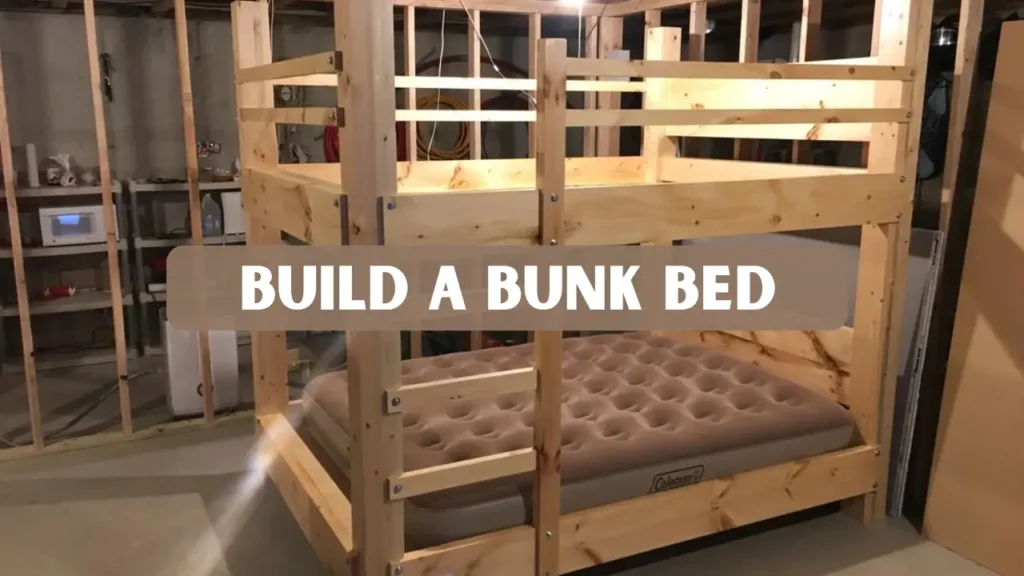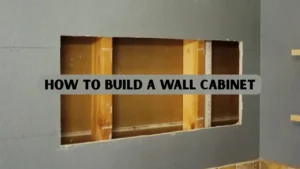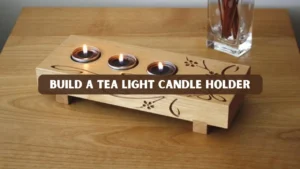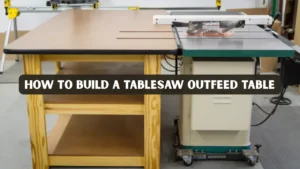If you want to build a bunk bed that is safe, durable, and visually appealing, this step-by-step guide is designed for hobby woodworkers and small shop owners. It provides clear instructions to help you plan your project, select the right materials, and prepare your workspace efficiently. Careful attention to detail ensures a sturdy and reliable bed that will last for years.
This comprehensive tutorial covers everything from assembly and joinery to finishing touches and safety considerations. By following each step, you can create a high-quality bunk bed suitable for children or guests while showcasing your woodworking skills.
Key Takeaways
- Building a bunk bed is a high-value woodworking project that provides practical solutions for small spaces and showcases craftsmanship
- Careful planning, accurate measurements, and strong joinery are critical to build a bunk bed that is safe and durable.
- Unique designs such as lathe-turned posts or under-bed storage can make your project stand out
- Safety considerations like mattress fit, guard rails, and ladder design are essential for long-term usability
Why Build a Bunk Bed
Creating your own bunk bed offers several benefits. Not only do you gain control over dimensions, materials, and style, but you also save money compared to purchasing high-end furniture. Additionally, choosing to build a bunk bed is a great way to improve your woodworking skills and create a lasting project that adds value to your home.
- Customization: Choose the wood type, finish, and style. This allows you to match the bed to your room decor and personal preferences.
- Skill-building: Strengthen joinery, sanding, and finishing skills. Each step of the build provides hands-on experience that improves your woodworking expertise.
- Space optimization: Bunk beds maximize room space for families with multiple children. They also create more floor space for play areas, desks, or storage solutions.
Materials and Tools Required
Before starting your project, gather all necessary materials and tools to ensure a smooth build.
Materials
- Lumber for posts, rails, and mattress supports
- Hardware such as screws, bolts, washers, and nuts
- Wood glue and optional corner braces
- Sandpaper (120–220 grit) and finish (oil, stain, or polyurethane)
Tools
- Table saw and miter saw
- Drill and driver
- Wood lathe (if turning posts)
- Measuring square and clamps
- Pocket hole jig (optional)
- Chisels, router, and sander
Tip: Always measure your room and mattress sizes first. Ensure top bunk clearance is sufficient for safety.
Planning Your Bunk Bed
Planning is the foundation of a successful build.
- Measure the ceiling height and mattress dimensions. This ensures the top bunk has enough clearance and fits safely in the room.
- Determine overall bed height and spacing between bunks. Proper spacing provides comfort and prevents head injuries when climbing or sitting on the top bunk.
- Decide whether posts will be square or lathe-turned for decorative appeal. This choice affects both the aesthetic and structural strength of the bed.
- Choose mattress support: slats or plywood deck. Selecting the right support ensures even weight distribution and long-term durability.
- Create a detailed cut list and materials list. A precise list helps prevent mistakes and ensures you have all necessary materials before starting.
Key Planning Tips:
- Dry-fit all components before final assembly. This allows you to check alignment and make adjustments before permanently securing parts.
- Account for hardware placement and joint reinforcement. Proper planning ensures the bed is strong, stable, and safe for long-term use.
- Ensure guard rails and ladder positions comply with safety standards. Correct placement prevents accidents and provides secure access to the top bunk.
Cut List and Dimensions
Providing a precise cut list ensures readers can replicate your project accurately.
- Posts: 4 × 4 @ 80 inches
- Long side rails: 2 × 2×6 @ 78 inches
- Short end rails: 4 × 2×6 @ 42 inches
- Mattress deck: 2 sheets of 3/4-inch plywood, 39×75 inches
- Slats: 10–12 × 1×4, spaced 2–3 inches apart
Tip: Always verify mattress dimensions before cutting. Adjust lengths to match your specific mattress size.
Step by Step Assembly
1. Prepare Posts and Rails
- Cut posts to final height. Measure carefully and cut each post to match the plan.
- Mark mortise or bolt positions. Use a square to mark exact locations for joints or bolts.
- Turn posts on lathe if desired, sanding to a smooth finish. Shape the posts on the lathe and sand evenly.
2. Joinery
- Mortise and tenon provides excellent strength.
Pocket screws allow faster assembly.
Through-bolts add extra rigidity.
3. Mattress Deck
- Plywood deck: glue and screw to rails, add center support.
- Slat deck: space slats evenly and screw to ledger rails.
4. Attach Guard Rails and Ladder
- Guard rails must extend above mattress top for safety.
- Ladder angle no steeper than 70 degrees.
- Bolt ladder securely to side rails.
5. Full Assembly
- Dry-fit all parts to ensure alignment.
- Square the frame using diagonal measurements.
- Secure bolts, glue, and optional corner braces.
6. Sanding and Finishing
- Sand progressively: 120 → 180 → 220 grit.
- Apply low-VOC finish for safety.
- Round edges on all components to prevent injuries.
Safety Considerations
Safety should be your top priority.
- Guard rail height and mattress thickness must comply with safety standards. This ensures top bunk users are protected from falls.
- Check bolts and screws regularly to prevent loosening. Regular maintenance keeps the bed sturdy and safe over time.
- Maximum weight for top bunk: 400–600 pounds. Reinforce rails and center supports to handle heavy loads safely.
- Use non-toxic finishes, especially for children’s beds. This keeps the bed safe and reduces exposure to harmful chemicals.
- Avoid sharp corners by sanding edges and finishing smoothly. Rounded edges prevent injuries from bumps or accidental contact.
Unique Design Ideas
Stand out from competitors by adding a creative twist.
- Lathe-turned posts showcase your woodworking expertise. They add a decorative and professional touch to the bunk bed design.
- Built-in drawers or desks for space efficiency. These features maximize room functionality and provide extra storage or workspace.
- Loft-style bunk for small rooms with low ceilings. Raising the top bunk creates open space underneath for play or furniture.
- Convertible design that separates into two single beds. This adds versatility and adapts to changing room layouts over time.
Case Study
- Sharing a practical example builds trust and demonstrates real-world experience. The project is a twin-over-twin bunk bed with lathe-turned posts, plywood deck, under-bed storage, taking 20–24 hours to build, costing $350–$550, and resulting in a sturdy, no-squeak bed suitable for children ages 6 and above.
- Another example is a full-over-full bunk bed with square posts, slat deck, and built-in ladder. This case shows how to build a bunk bed in a safe and durable way; the project took 18–22 hours, cost $400–$600, and produced a strong, safe bed ideal for siblings sharing a room.
Conclusion
Building your own bunk bed allows you to combine craftsmanship, functionality, and safety in a single project. Careful planning, precise measurements, and selecting the right materials ensure a strong and durable structure. Implementing proper joinery techniques further enhances stability and longevity. Following step-by-step instructions helps even hobby woodworkers achieve professional results.
You can build a bunk bed that is visually appealing with unique touches such as lathe-turned posts or custom finishes. Adding features like built-in storage or desks increases functionality and room efficiency. Documenting your process with photos and diagrams adds value for readers. This approach also aligns the project with your site’s woodworking focus and builds authority in the niche.
Frequently Asked Questions
How thick should the top mattress be?
Use a mattress no thicker than 6–8 inches to maintain safe guardrail height. This ensures children are protected from falls while using the top bunk.
What joinery is best?
Mortise and tenon is strongest, with through-bolts for heavy-duty applications. This combination provides maximum stability and ensures the bunk bed remains secure over time.
Can bunk beds convert into singles?
Yes. Convertible designs require knock-down joinery and bolt placement for separation. This allows the bunk bed to be safely transformed into two single beds when needed.
Are there legal safety standards?
Follow local guidelines for guard rail height, mattress fit, and ladder safety. Adhering to these standards helps prevent accidents and ensures the bed is safe for children.




